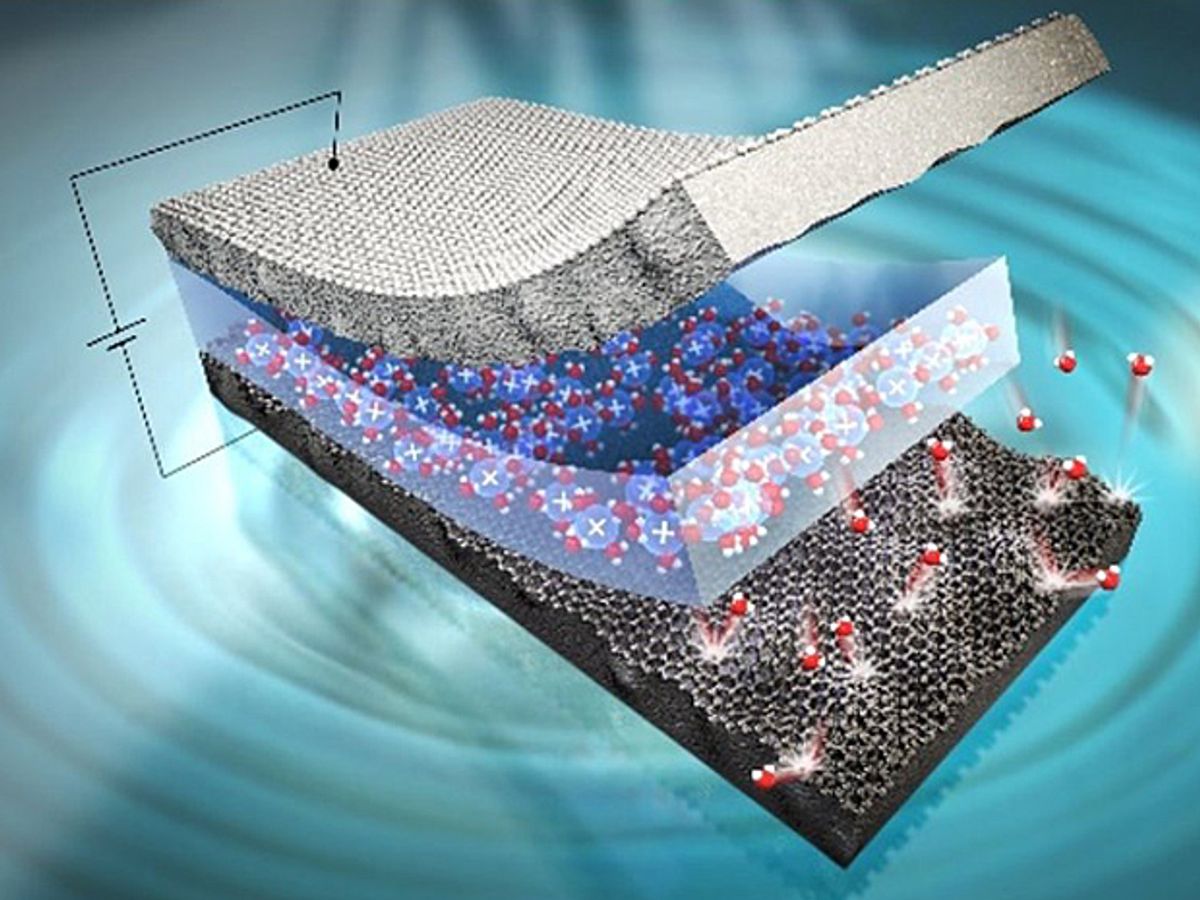In the world of biomimetic robotics, so-called artificial muscles have promised everything from the ability to make fish-like fins for underwater vehicles to devices to help the disabled in their rehabilitation.
These ionic polymer composites are attractive for their sheer simplicity. You just put two electrodes on the polymer and when you switch on the voltage, the ions migrate, deforming the polymer.
However, there was a problem with the metal electrodes. After being exposed to air and current, the electrodes would begin to crack, leaking ions and diminishing the muscle’s performance.
Scientists at the Korea Advanced Institute of Science and Technology (KAIST) have come up with a solution to that problem, and it involves graphene.
In research published in the journal ACS Nano, the KAIST team made the electrodes from a cost-effective version of graphene called hydrophobic laser-scribed reduced graphene oxide paper (HLrGOP).
We have recently seen laser-scribed graphene finding applications in supercapacitors. And reduced graphene oxide, which refers to it being reduced back towards pure graphene (minus the oxide), has been the basis for enabling experimental 3-D holographic displays.
Nonetheless, it is the hydrophobic properties of this form of graphene that is the key to making it effective in this application. The graphene electrodes have a smooth outer surface that repels water and resists cracking. While the outer surface is smooth, the inner surface is rough, and that helps in the transport of ions within the polymer membrane.
In their experiments with the new version of the artificial muscle, the researchers recorded much improved durability and a lack of performance degradation.
While these results are encouraging to the researchers, they concede that more work needs to be done to improve the graphene-based electrodes.
The KAIST team will also be aiming to develop a biomimetic robot that employs the improved artificial muscles. The robot they are planning will be able to walk on water like a water strider, or gerridae.
Dexter Johnson is a contributing editor at IEEE Spectrum, with a focus on nanotechnology.



